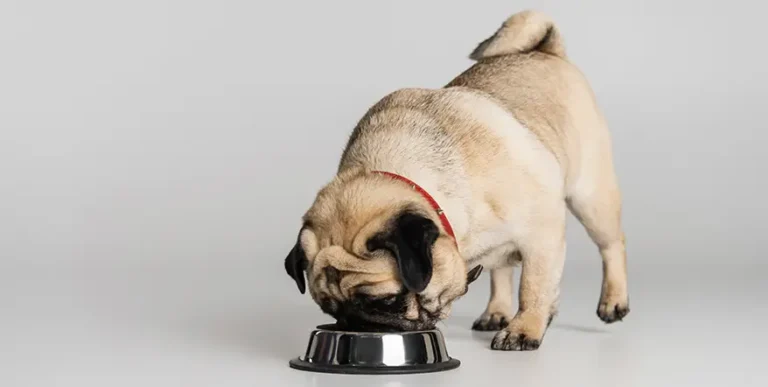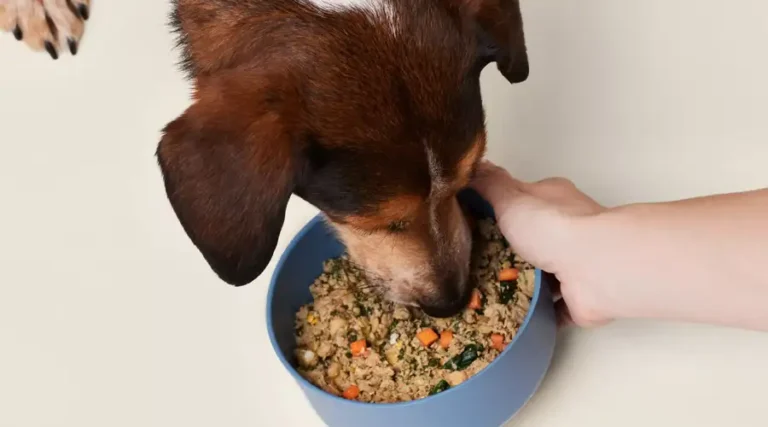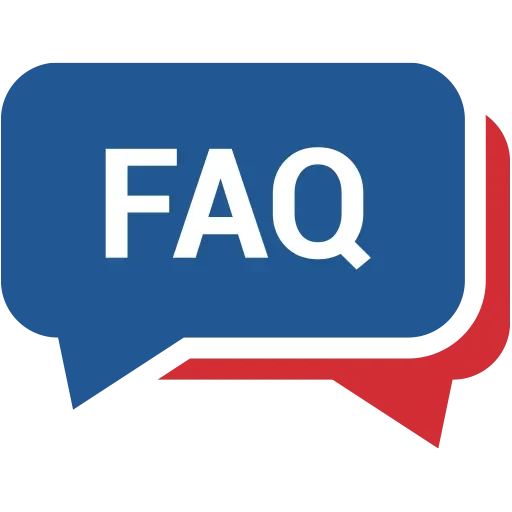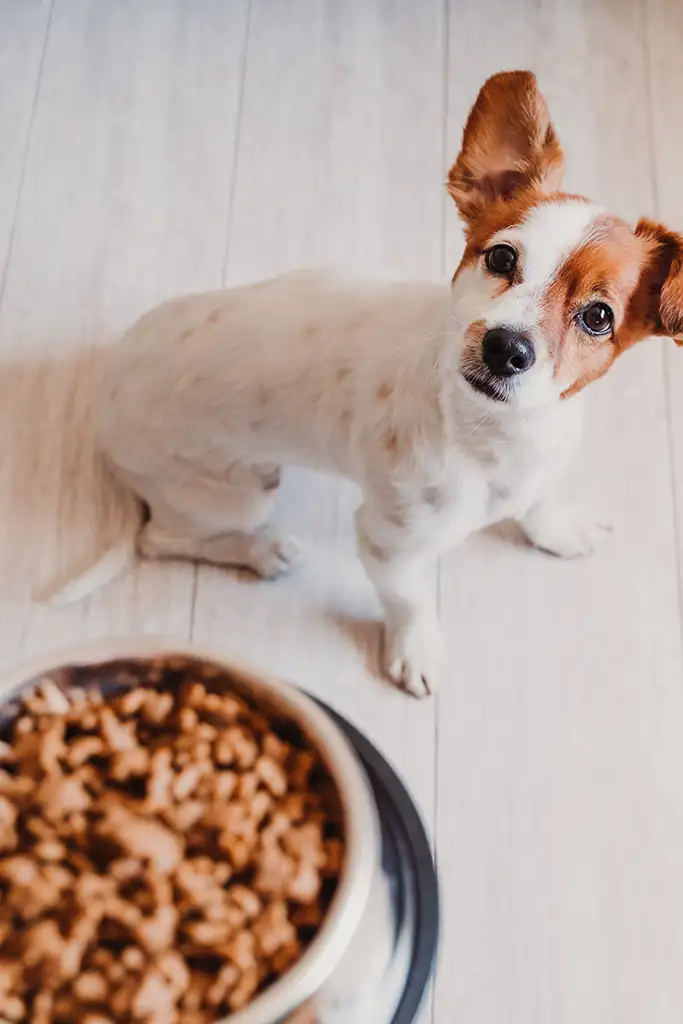10 Dog Food Ingredients to Avoid at All Cost
Quick Guide
Choosing the best dog food for your dog is probably more confusing than ever today. With the recent warning from the FDA about grain free foods and their possible link to low taurine levels and dilated cardiomyopathy in various breeds not known to have a genetic predisposition to heart disease, many people are beginning to shun popular grain free dog foods. That means that ingredients that people used to avoid in dog foods are now more acceptable. And ingredients that were considered okay in grain free foods are on the “do not feed” list. In this article we can tell you:
- Which dog food ingredients to avoid at the moment;
- Which ingredients are good for your dog, despite what you’ve heard;
- And, 10 dog food ingredients to avoid at all cost!
Grain free dog foods have been extremely popular in the last 10 years, especially after the pet food recalls in 2007 due to melamine contamination. Corn gluten and wheat gluten were (illegally) laced with melamine in China and sold to the United States (and other countries) at that time. As a result, many pets died. Owners, bloggers, and others seemed to condemn the use of corn and wheat in pet foods as a result. Grain free foods that didn’t contain corn, wheat, or other grains became highly desirable for dog owners. At the same time, pet food manufacturers needed a replacement for these ingredients. They began using peas, lentils, legumes, potatoes, sweet potatoes, and other similar ingredients. Peas have a higher protein percentage than corn or wheat so when used in place of these grains, grain free dog foods suddenly began having much higher protein percentages – which appealed to dog owners. It didn’t take long for pet food manufacturers to realize that they could start reducing the amount of meat protein in their foods and replace some of it with peas and these other non-meat protein ingredients.
Find out here which 9 dog foods we recommend that don’t contain Peas, Lentils, Legumes and Potatoes.
Now, 10 years later, veterinarians and veterinary cardiologists are seeing a surprising increase in the number of dogs being diagnosed with dilated cardiomyopathy (DCM) – a serious heart problem that can be fatal. This condition is genetic in a few breeds but it’s now appearing in all kinds of dogs, both large and small. Testing has revealed what looks like a connection to low taurine levels which is often an indication of a dietary cause. Many of the dogs that have low taurine levels and which are developing dilated cardiomyopathy have been fed grain free diets that feature peas, lentils, legumes, potatoes, and sweet potatoes, and other similar ingredients.
Which dog food ingredients should you avoid right now?
At the moment, per the FDA and the researchers who are working on the problems that seem to be associated with low taurine levels and DCM, you should avoid feeding your dog foods that contain:
- Peas
- Lentils
- Legumes
- Potatoes
- Sweet Potatoes
Peas are widely used in grain free dog foods. They can include all kinds of peas such as field peas, split peas, chick peas, and so on. In dog foods they are commonly dried and ground into a powder before using them. You will often see peas used in various forms in dog foods such as pea protein, pea fiber, and pea starch. We used to complain about “splitting” when dog foods used lots of corn. Today the same thing is happening with peas. The amount of peas in some very expensive dog foods is astonishing. Peas are high in protein and they have some good vitamins and minerals. Unfortunately, there have been very few studies about how they are digested and used by dogs. There is a suspicion now that peas and these other ingredients could be blocking the absorption of taurine in the dog’s body.
Lentils are a kind of legume. They generally refer to various kinds of beans. They are a good source of fiber and minerals. Plus they have virtually no fat. They are great for humans to eat. But not dogs. They may have the same problems that peas have with somehow interfering with taurine absorption in dogs.
Legumes are a plant family that includes peas and lentils. Beans, peanuts, and soybeans are also part of the legume family. Legumes, in general, have something called phytates. Phytates, or phytic acid, bind minerals in food and can prevent the body from using them. They also have something called lectins which are carb-binding proteins. They are hard for the body to break down and can cause digestive and intestinal problems. Many people already avoid dog foods that contain soybeans. Peas, lentils, and other legumes can also contain phytoestrogens that interfere with a dog’s natural estrogen levels.
Potatoes and sweet potatoes are included on this list because they are often found in large amounts in the same grain free foods as peas, lentils, and legumes. The FDA includes them in their warning. They are high in carbohydrates. At this time it’s unclear what role they may play in low taurine levels and DCM.
Which ingredients are actually good for your dog?
Perhaps the main ingredient which is currently undergoing a re-evaluation due to the FDA’s warning and concerns about grain free dog food is corn. As grain free dog foods and foods which contain large amounts of peas and related ingredients fall out of favor, many dog lovers are scrambling to find dog foods that have the approval of veterinary cardiologists.
Taurine is an important sulfur-containing amino acid, which makes it different from other amino acids. It’s naturally found in fish and meat. Cats cannot make their own taurine and it has to be added to their food. It has always been assumed that dogs, like humans, can produce their own taurine in their bodies, so it didn’t have to be supplemented in dog food. What does this have to do with corn? Well, corn is high in methionine and cysteine, sulfur-containing amino acids. These amino acids are the precursors to taurine. If your dog has these amino acids in his food, he should have no trouble producing plenty of taurine in his body, provided he has vitamin B in his diet. Corn is also highly digestible when it’s prepared properly. And, while there is a popular belief that corn and other grains cause allergies in dogs, the truth is that meat proteins are responsible for more allergies than grains.
All of this means that some of the dog foods and brands which have been criticized for the last decade such as Purina, Royal Canin, and Hills are once again being respected because they employ large staffs of veterinary nutritionists and conduct nutritional research into pet food. These companies have many dog foods that use corn and some other ingredients which are not considered to be “holistic” or “natural” but they are scientifically and nutritionally valid. Dogs eating these foods have, so far, been much less likely to appear on lists with low taurine levels and DCM. Farmina, a dog food from Italy that has veterinary nutritional research through the University of Naples, has also been showing very good results.
10 Dog Food Ingredients to Avoid!
We’ve told you about the FDA’s warning and the ingredients they recommend avoiding in dog foods, at least for now. Here are 10 more ingredients to avoid in your dog’s food.
Flaxseeds
Yes, we know that flaxseeds and flaxseed oil have omega-3. Great. But did you know that dogs can’t process plant-based sources of omega-3? We’re not sure why pet food companies keep adding flaxseeds and flaxseed oil to their food, although flaxseed does provide some fiber. If you’re thinking that your dog is getting omega-3 from flaxseed, you should skip it and look for fish oil instead. Flaxseeds and flaxseed oil also contain phytoestrogens so they can interfere with hormonal activity.
Artificial preservatives
Avoid artificial preservatives in dog foods such as BHA (Butylated Hydroxyanisole), BHT (Butylated Hydroxytoluene), and ethoxyquin. BHA and BHT are usually listed in the ingredients but it can be harder to discover if a food contains ethoxyquin. That’s because it’s used as a preservative for fish, usually on the boat. Pet food manufacturers are not required to list ingredients used in foods before they reach their kitchens. So, if a fishing boat used ethoxyquin to preserve the fish and then delivered it to the pet food company, you might not know it. You can always call the pet food company and ask.
Artificial colors and dyes
Some pet food companies still use artificial colors and dyes. These are usually noted in the ingredient list with a number such as Blue #2, Red #40, Yellow #5 and #6 and they stand out so it’s easy to avoid them. Other artificial colors are not as easy to spot. For example, you will often see “caramel” listed among a food’s ingredients and probably don’t think anything about it. This is a coloring https://www.petfoodindustry.com/articles/7037-caramel-common-colorant-in-pet-food. It’s fairly common in pet foods so you can decide if you want to avoid it. Caramel is made from sugar so it’s not exactly artificial but it’s still rather questionable.
Sweeteners and sugars
We also recommend that you avoid sweeteners in your dog’s food. You are unlikely to see xylitol in a dog food since it is toxic to dogs. However, you may see molasses, cane sugar, and other forms of sugars and sweeteners added to the food. Some sweeteners are simply listed by their chemical names. Dogs do have a sweet tooth so most of these ingredients are added to make the food taste more appealing to your dog. However, you need to use some caution and avoid buying foods that are loaded up with a lot of sweeteners.
“Flavors”
Most pet foods today do not use artificial flavors in the strict sense, though you can find treats that have artificial bacon or smoke flavors. Dog foods do have some concentrated “natural” flavors, however. For example, you might see a food that contains chicken broth. This won’t be the broth that your grandmother makes in her kitchen. It can be a perfectly nice broth made from chicken and other ingredients. Or, it can be some water added to chicken digest to get something with a hint of chicken flavor. You probably see something called whey in dog food ingredient lists. This is the watery part of milk that’s left after the milk has been curdled and strained. Yum. It’s added to dog food to give it the flavor of milk. So, you don’t have to completely avoid these flavors – your dog likes them! But make sure you know what they really mean.
Propylene glycol
Propylene glycol is a synthetic organic compound that is used as a food additive, among other things. It’s also an ingredient in the new, non-toxic anti-freeze so many people have concerns about it. It’s generally recognized as safe in the U.S. and in Europe https://www.healthline.com/nutrition/propylene-glycol#section6. However, it’s probably one of those things that you should avoid for your dog if you have a choice.
Monosodium glutamate (MSG)
Most people are familiar with MSG. Did you know that it’s used in some dog foods? It’s a flavor enhancer so some pet food companies use it to make the food more appealing to your dog. It can be found in hydrolyzed protein, protein isolates such as soy protein isolate, textured protein, autolyzed yeast, hydrolyzed yeast, yeast extracts, soy extracts, soy concentrate, sodium caseinate or calcium caseinate, disodium inosinate or disodium guanylate, monopotassium glutamate, or Glutamate, glutamic acid, or free glutamate. If you see any of these terms listed on your dog food label, there’s a good chance the food contains MSG.
Soy
We also recommend avoiding soy and soybean derivatives in dog foods. Along with being a legume, soy contains phytoestrogens which can interfere with a dog’s hormones.
Certain fiber sources
Oat hulls, peanut hulls, rice hulls, soybean mill run, wheat mill run – these are all things to avoid in dog foods. You may also see cellulose listed as a source of fiber in some foods. Cellulose is a pulp from plant materials. Amazing, right? It’s like dried wood. Before you completely explode, cellulose is sometimes used in weight control dog foods to add bulk without adding calories. So, at least there’s a reason for it sometimes. The food may not taste good (unless there is some sweetener or MSG added), but you can understand the reasoning. We would not recommend these ingredients.
Carrageenan
Carrageenan probably won’t kill your dog but it could cause him some gastric distress. It comes from sea kelp and it’s been used for hundreds of years as a thickener and stabilizer in foods. It’s used in many human foods such as ice cream and salad dressing. It’s safe, for the most part. But there are some studies that suggest it can cause stomach irritation and gastrointestinal problems. It’s found in various canned dog foods, including some very expensive foods. We would recommend avoiding it if you can.
Conclusion
At this time there are some changing attitudes about what constitutes the best dog foods. Grain free dog foods are facing severe scrutiny, especially if they contain peas, lentils, legumes, potatoes, or sweet potatoes. The FDA recommends avoiding these foods until more is known about low taurine levels and dilated cardiomyopathy in dogs. Many people are going back to buying brands that are not grain free. We hope this look at ingredients to avoid helps you no matter what kind of food you feed your dog.
















I am a veterinarian and I have been frustrated with the grain free more cement for 10+ years, worried this ‘fad’ would have serious consequences. This is the best article I have read on grain free dog food since grain free dog food became a thing. Thank you, I will be using this article to help educate my clients.